How to Get Food Coloring Off Your Skin (And Everything Else)
After countless years running professional bakeries, I’ve seen my hands stained every color of the rainbow—and then some. I’m talking about reds that cling for days and blues that seem to dye you right down to the bone. I’ll never forget the time my team and I colored 50 gallons of frosting for a massive festival. We looked like we’d picked a fight with a unicorn and lost, badly. But over the years, you pick up a few tricks. You figure out what actually works, what’s just an old wives’ tale, and how to protect your hands.
In this article
- So, Why Does Food Dye Stain So Badly?
- Which Method Should You Use? A Quick Guide
- Method 1: The First Line of Defense – Soap and Warm Water
- Method 2: The Pro’s Go-To – The Oil Massage
- Method 3: Stepping It Up – Baking Soda Paste
- Method 4: The Weird Trick That Works – White Toothpaste
- Method 5: The Acid Approach – White Vinegar
- The Last Resort: For Desperate Times Only
- What About the Kids? A Parent’s Guide
- The Best Method of All? Don’t Get Stained.
- Quick FAQs: What About…
- Galerie d’inspiration
Food coloring stains are a badge of honor for any baker or creative cook, but they don’t have to be permanent. The secret isn’t about scrubbing your skin raw. It’s about understanding the stain and knowing how to gently break it down. In this guide, I’m sharing the exact methods we use in the pros, starting with the gentlest tricks and working our way up to the heavy hitters for those really stubborn stains.
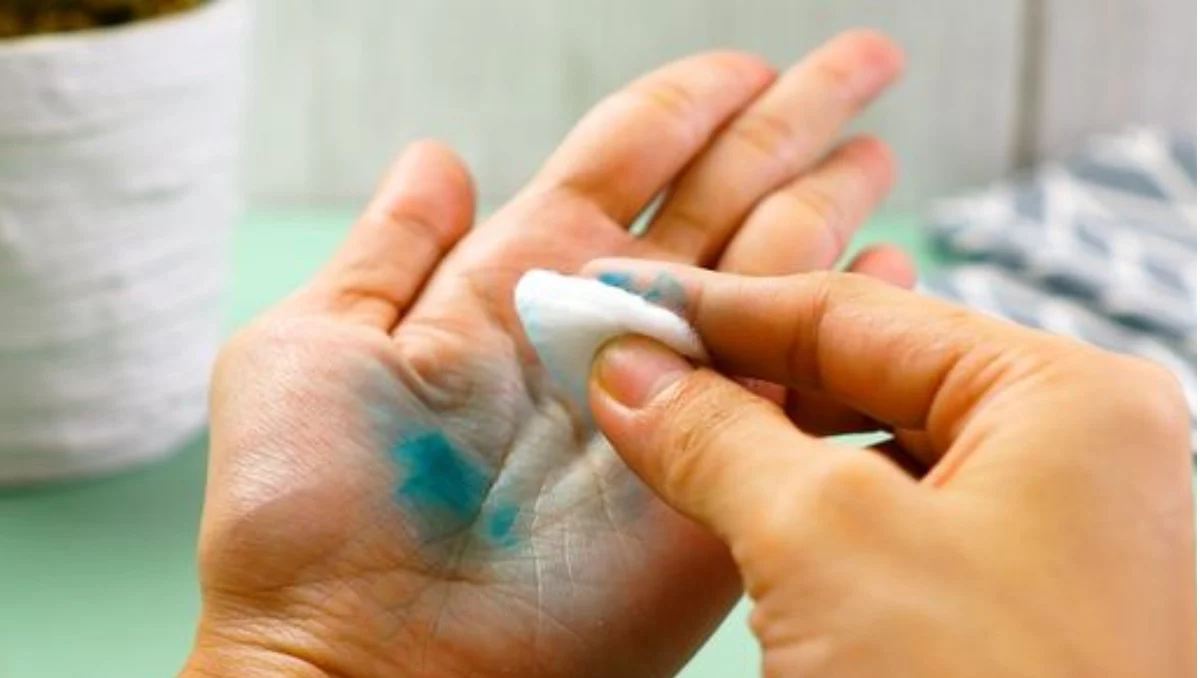
So, Why Does Food Dye Stain So Badly?
Before you start scrubbing, it helps to know what you’re up against. Your skin’s top layer is made of a protein, and food dyes are basically designed to grab onto molecules. They’re just as happy to latch onto your skin’s protein as they are to a cupcake’s. By the way, those notoriously stubborn red and blue dyes? Their molecules are often smaller, allowing them to get a better grip on all the tiny nooks and crannies of your skin. A real pain.
The good news is the dye only stains the very top layers of mostly dead skin cells. This means you don’t need to do anything drastic. You just need to either dissolve the dye or gently exfoliate the stained cells away. Simple as that.
Which Method Should You Use? A Quick Guide
In a panic? Here’s a quick rundown to help you choose the right approach without reading everything.
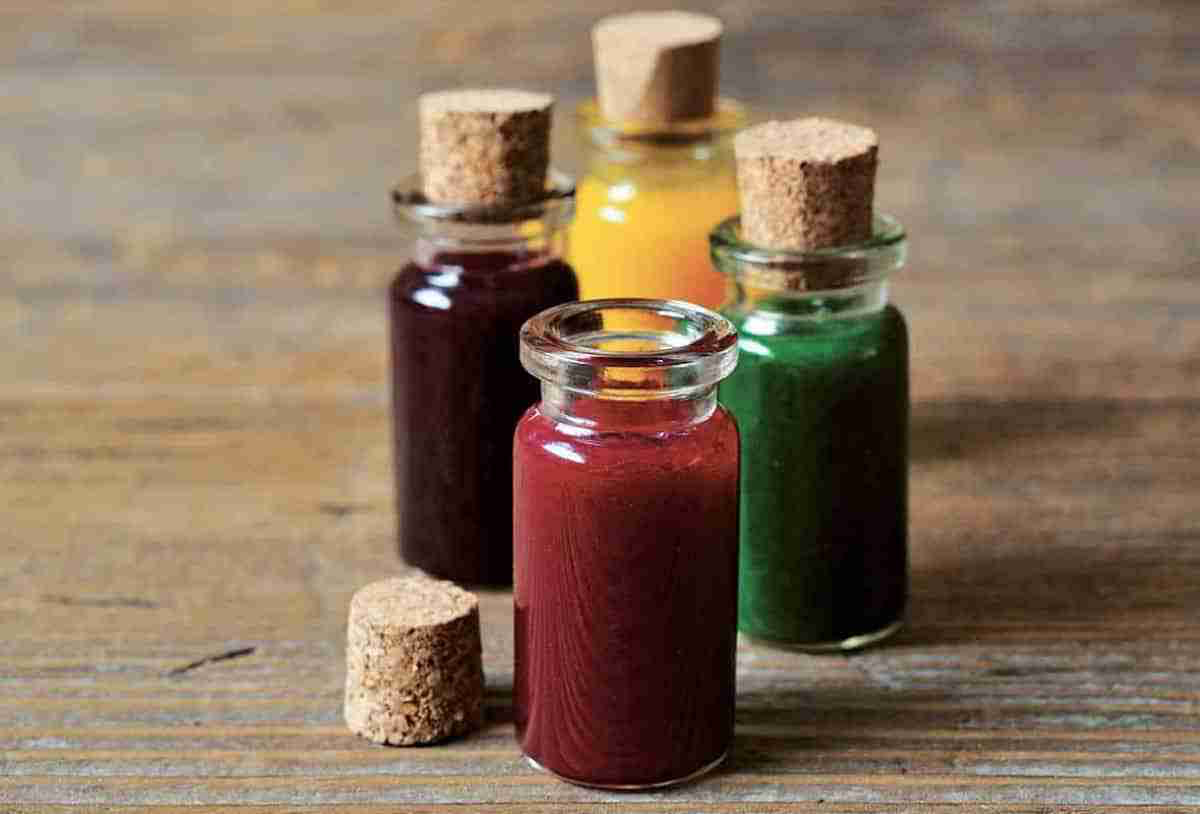
- If the stain just happened (and it’s a liquid dye): Go straight for warm water and a good quality soap. Don’t wait!
- If the stain is from a gel, powder, or oil-based dye: Skip straight to the oil massage. It’s my personal favorite for a reason—it works when soap and water fail.
- If the stain is set-in or under your fingernails: You’ll likely need some gentle abrasion. The baking soda paste or the non-gel toothpaste trick are your best bets here.
- If the stain has been there for hours: Honestly, you’ll probably have to bring out the stronger stuff. Start with a vinegar soak, and if that doesn’t cut it, you may have to consider the last-resort option.
Method 1: The First Line of Defense – Soap and Warm Water
It sounds way too simple, but doing this correctly is the most important step. When a new baker gets dye on their hands, this is the first thing I tell them to do. Using warm—not hot—water is key. Super hot water can open your pores and let the dye settle in even deeper.
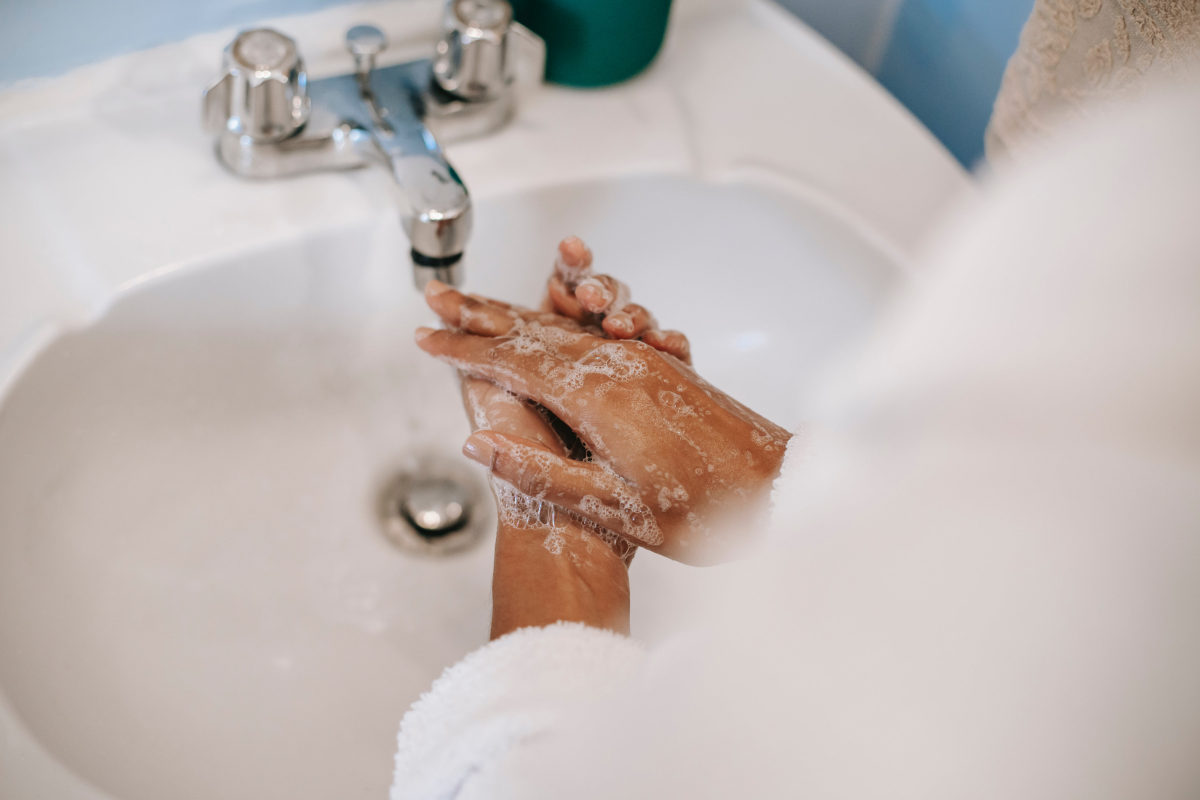
Work a good soap into a thick lather for a solid 30-60 seconds. I tell my crew to sing “Happy Birthday” through twice. It’s a good timer and, let’s be real, a little kitchen karaoke never hurt anyone. This works best if you act fast, but you should always start here regardless.
Method 2: The Pro’s Go-To – The Oil Massage
If soap and water didn’t cut it, or if you’re dealing with a tough gel dye, oil is your best friend. The principle is simple: like dissolves like. Oil-based removers are amazing at breaking down oil-based dyes, and they also work on other dyes by getting underneath them and loosening their grip.
Here’s the trick: apply the oil to dry skin. Don’t wet your hands first! Any kitchen oil works fine—coconut, olive, even a little vegetable shortening or Crisco. Gently massage the oil into the stain for a couple of minutes. You’ll literally see the color start to bleed into the oil. Then, add soap directly on top of the oil, lather it all up, and rinse with warm water. It not only removes the stain but also leaves your hands feeling soft, not stripped. A huge win.
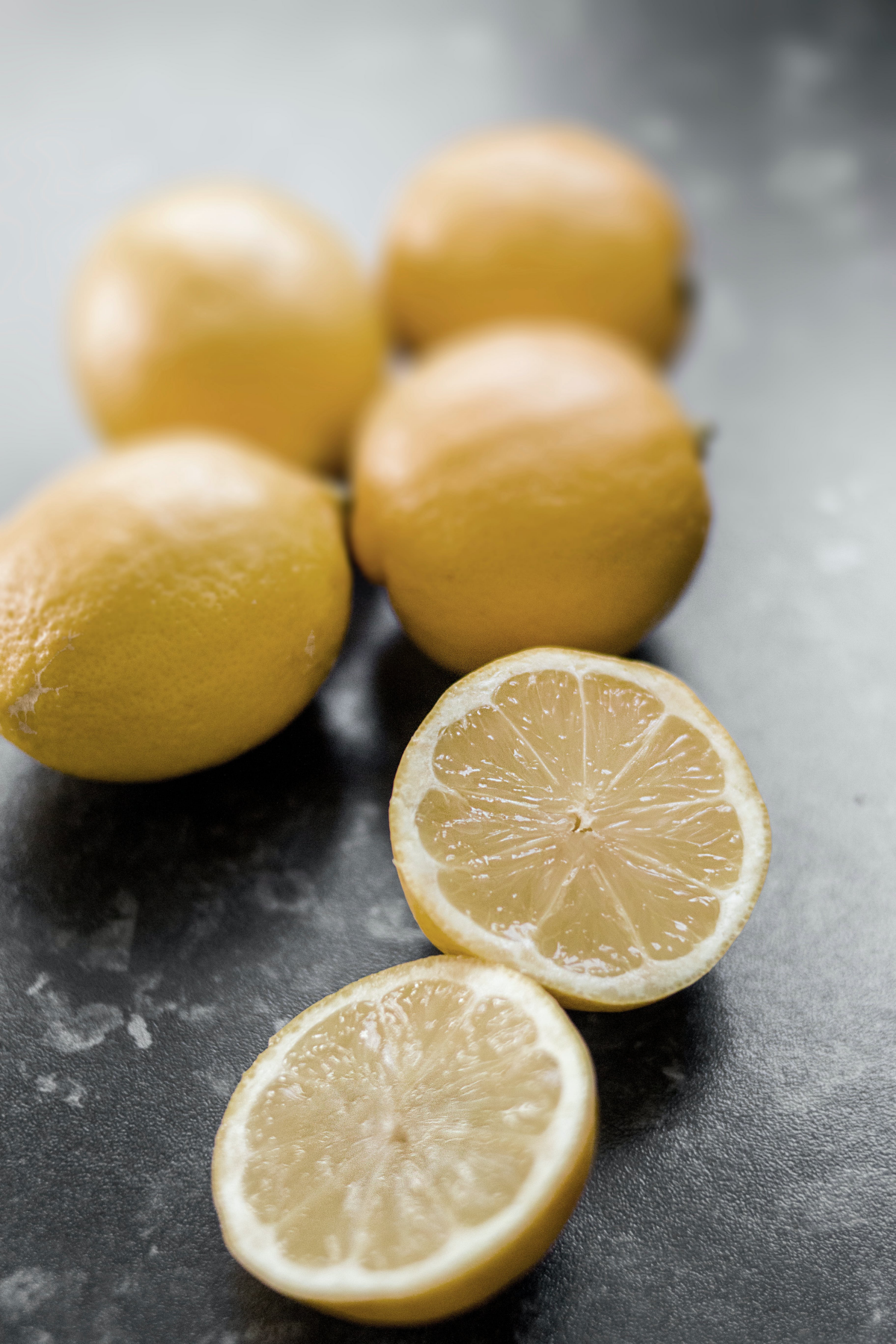
Method 3: Stepping It Up – Baking Soda Paste
This is a classic for a reason. Mix about two parts baking soda to one part water to create a paste the consistency of toothpaste. Slather it on the stain, let it sit for 5-10 minutes, then gently scrub with your fingers or a soft nail brush. The baking soda provides a mild exfoliating action that lifts the stained cells. Rinse it off and be sure to use some hand lotion afterward, as it can be a bit drying.
Method 4: The Weird Trick That Works – White Toothpaste
Here’s one that gets passed around professional kitchens. It sounds odd, but it’s fantastic for concentrated stains, especially around the cuticles. You have to use a basic, white, non-gel toothpaste. The gel kinds don’t have the same mild abrasives (like hydrated silica) that do all the work.
Just dab a bit on the stain, let it sit for a minute or two until it feels a little dry, and then scrub with a wet finger or a soft brush. Rinse away, and enjoy the minty-fresh bonus.

Method 5: The Acid Approach – White Vinegar
Vinegar is a powerhouse cleaner, and its acetic acid is great at breaking the chemical bonds holding the dye to your skin. The smell is… well, it’s vinegar. But it works.
I recommend mixing it one-to-one with water to avoid irritation. You can either dab it on with a cotton ball or, for really stained hands, soak them in a bowl of the solution for about five minutes. Wash thoroughly with soap and water afterward to get rid of the smell.
Heads up! Do not use this on any cuts or broken skin. It will sting like crazy.
The Last Resort: For Desperate Times Only
Okay, sometimes a stain is just so deep that you have to bring out the big guns. This is the method we use only when a visible stain has to be gone right now. I’m talking about rubbing alcohol or an alcohol-based hand sanitizer.
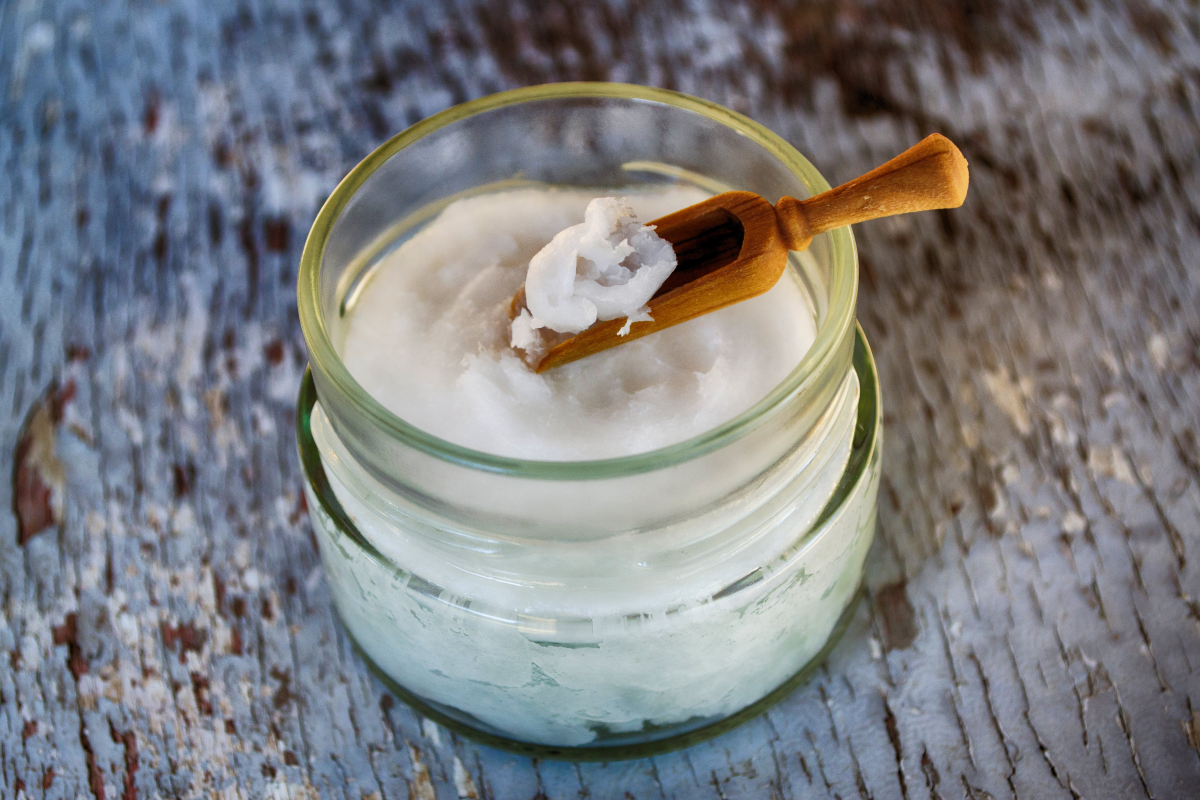
Alcohol is a strong solvent and will dissolve almost any dye instantly. But it’s incredibly harsh and drying on your skin. Apply a small amount to a cotton ball (never pour it directly on your skin) and gently dab the stain away. Don’t scrub! As soon as the stain is gone, wash your hands immediately with a gentle soap and apply a thick, high-quality moisturizer.
CRITICAL NOTE: This is for intact skin on your hands ONLY. Never, ever use alcohol to remove a stain from your face, near your eyes, or on a child’s delicate skin. It’s just not worth the risk.
What About the Kids? A Parent’s Guide
Seeing your kid with bright red hands can be alarming, but please, don’t reach for the harsh stuff. The best, safest, and most effective method for a child is the oil massage. It’s non-irritating, works great, and you can even make a fun game out of it. Turn it into a silly hand massage! After the oil, just wash up with their regular soap and water. It’s a gentle solution for a common kid problem.
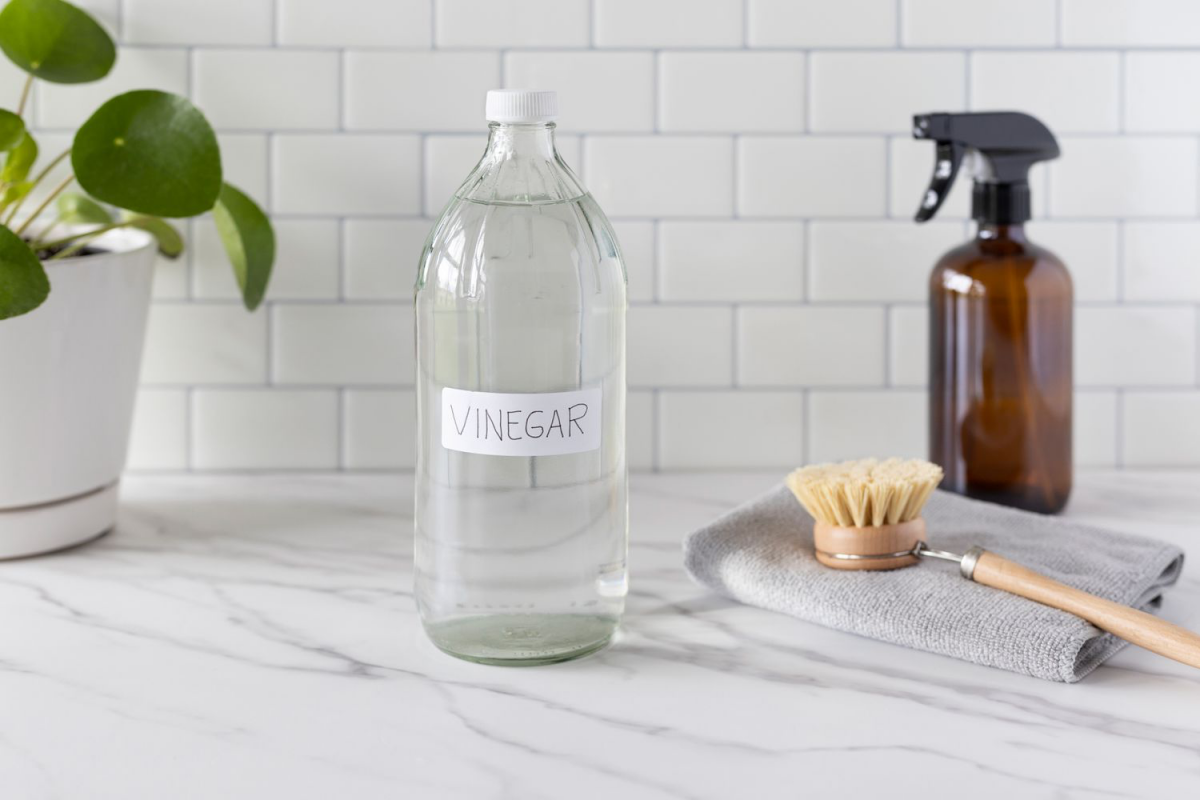
The Best Method of All? Don’t Get Stained.
Honestly, the easiest stain to remove is the one you never get in the first place. Here’s how we do it in the biz.
- Wear Gloves: This is the golden rule. A box of nitrile gloves costs between $15 and $25 at any pharmacy or online and will save you so much hassle. They’re what the pros use.
- Use a Barrier Cream: This is an old-school baker’s trick. Before you start, rub a thick layer of hand cream or even a thin layer of shortening onto your hands. It creates an invisible shield. The dye stains the cream, not you, and washes right off.
- Set Up a “Stain Station”: In the bakery, we keep a small bottle of cheap cooking oil and a roll of paper towels right where we handle the colors. It’s our 10-second emergency kit and it prevents little spills from becoming big scrubbing sessions.
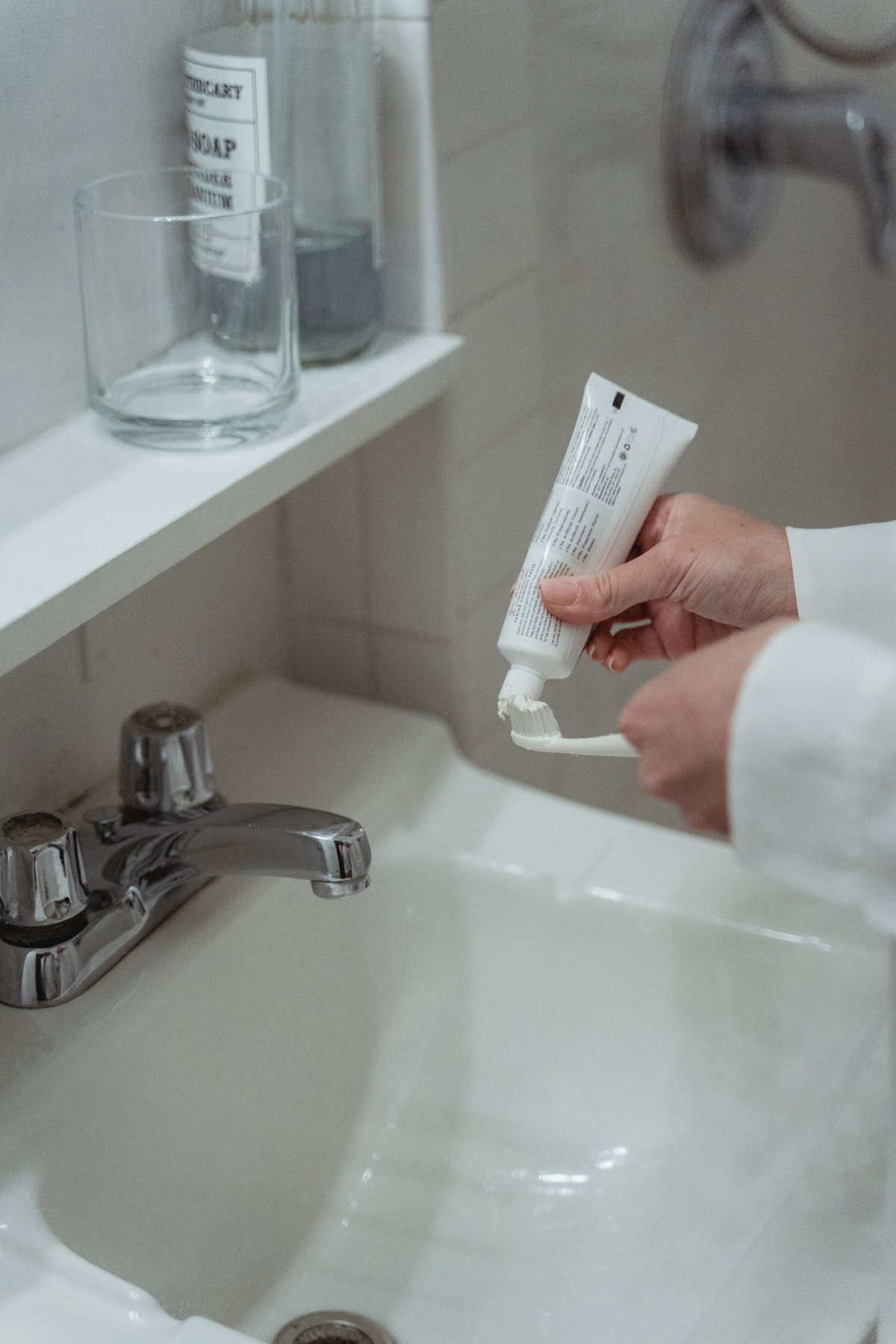
Quick FAQs: What About…
You’ve got your hands clean, but the dye got everywhere else. Here are a couple of quick tips.
- What about my clothes? Before you throw the item in the wash, try dabbing the stain with a bit of white vinegar or rubbing alcohol on a cotton ball (do a spot test on a hidden area first!). Then, launder as usual.
- What about my countertop? For laminate or other non-porous surfaces, a paste of baking soda and water often does wonders. Let it sit on the stain for 10-15 minutes before wiping it away.
At the end of the day, colorful hands are just a sign of a creative day in the kitchen. But when you’re ready to look a little less like a cartoon character, now you have the pro playbook to do it safely and effectively. Take care of your hands—they’re your best tools!
Galerie d’inspiration
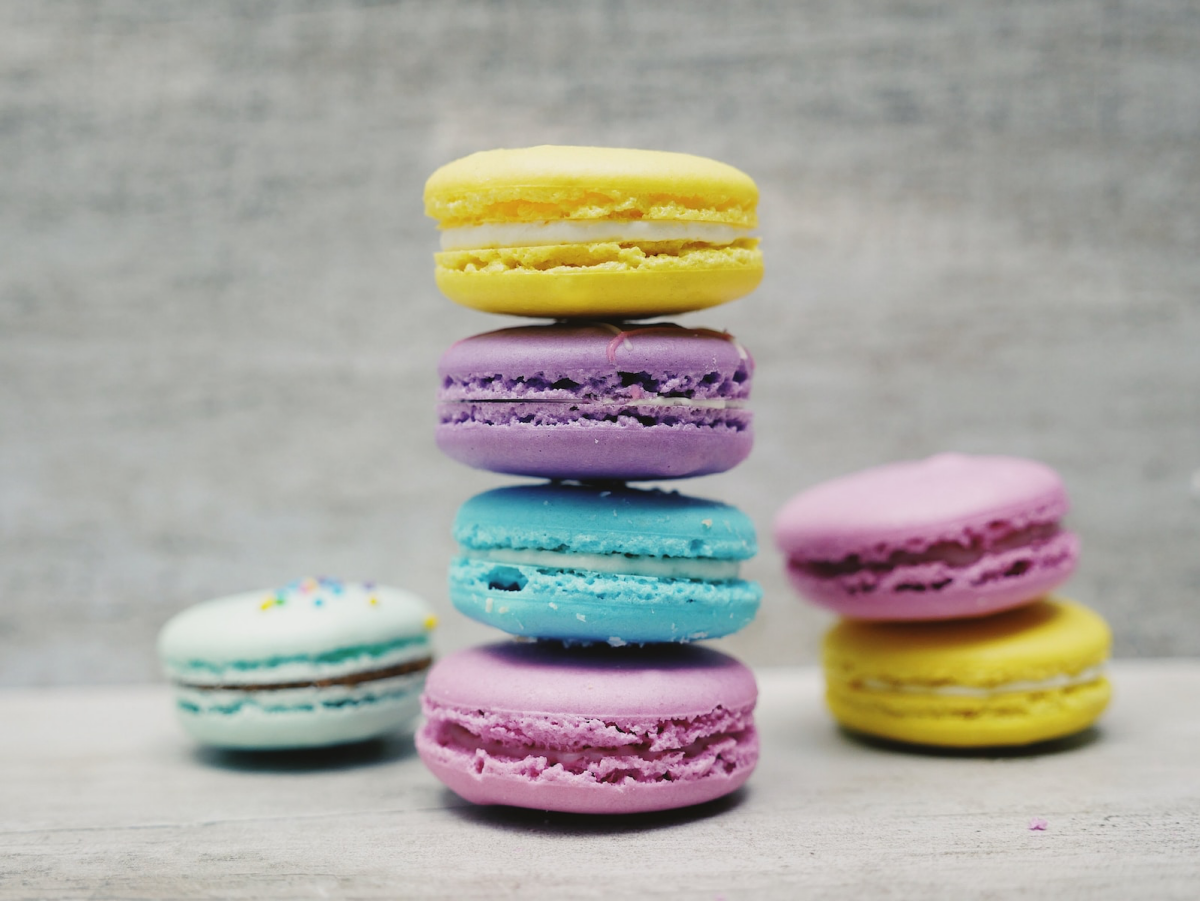
Wondering if all food dyes are created equal when it comes to staining?
Not at all. The type of coloring you choose has a huge impact on both the vibrancy of your creation and the potential mess. Professional gel colorings, like those from AmeriColor or Wilton, are highly concentrated to produce intense, brilliant hues. This concentration, however, is precisely what makes them so potent at staining skin and surfaces. On the other hand, natural food colorings, derived from sources like beet powder, turmeric, or spirulina, offer more subtle, earthy tones. They are generally less aggressive and their stains are often easier to remove, making them a fantastic choice for projects with kids.










